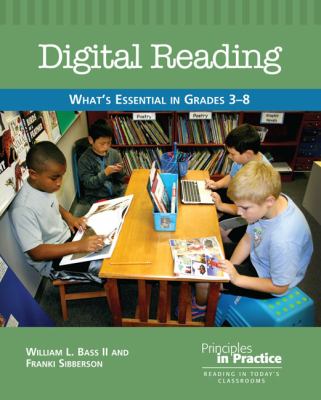
print
|
Digital reading : what's essential in grades 3-8
Copies
1 Total copies, 0 Copies are in,
1 Copies are out.
Authors
Subjects
Language
English
Series







